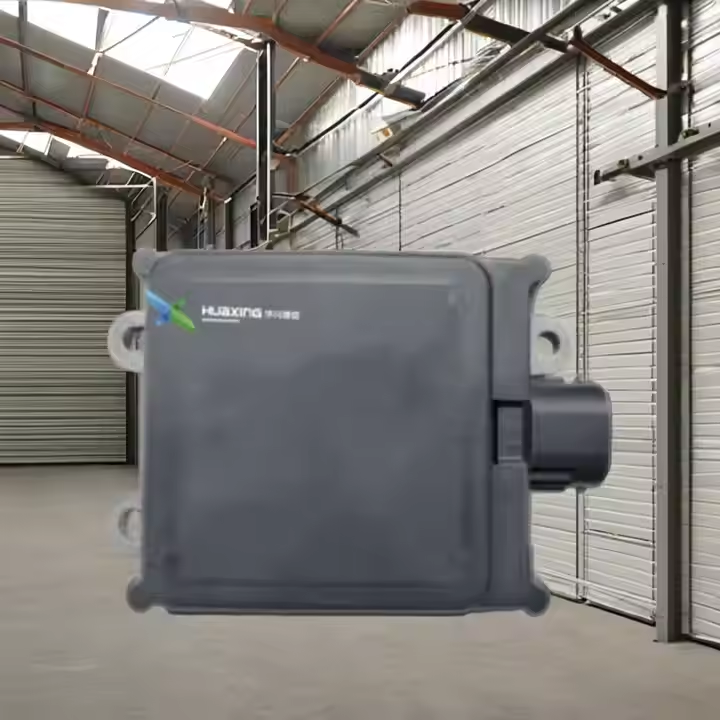china low-small-slow detection imaging radar
The China Low-Small-Slow Detection Imaging Radar represents a cutting-edge surveillance system designed to detect and track small, low-flying, and slow-moving aerial targets. This advanced radar system utilizes sophisticated digital signal processing and imaging technologies to provide comprehensive aerial surveillance capabilities. Operating in multiple frequency bands, the system excels at identifying challenging targets such as drones, ultralight aircraft, and other small aerial vehicles that might otherwise evade conventional radar systems. The radar employs advanced algorithms for target recognition and classification, enabling it to distinguish between different types of aerial threats with high accuracy. Its imaging capabilities provide detailed target information, including size, speed, and trajectory, making it an invaluable tool for both civilian and security applications. The system features an impressive detection range and can operate effectively in various weather conditions and complex electromagnetic environments. With its state-of-the-art processing capabilities, the radar can simultaneously track multiple targets while maintaining high resolution and accuracy. The system's modular design allows for easy integration with existing security infrastructure and can be customized to meet specific operational requirements.


